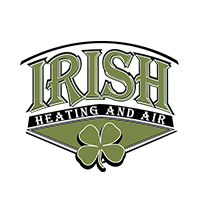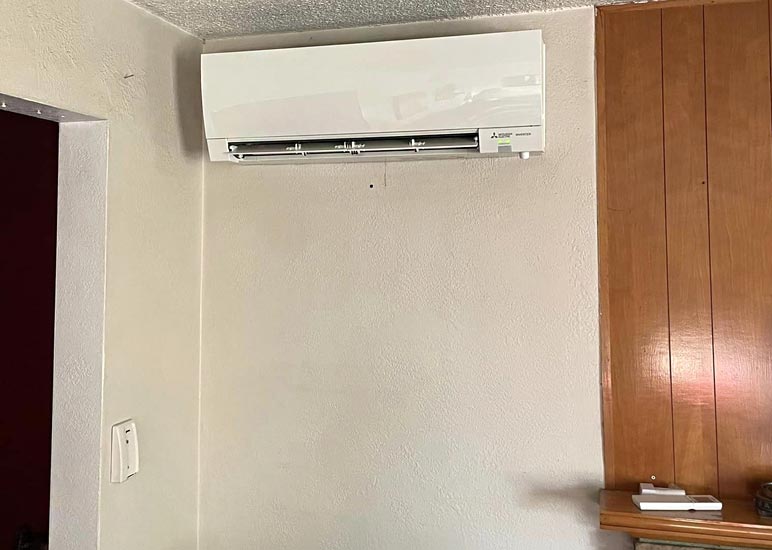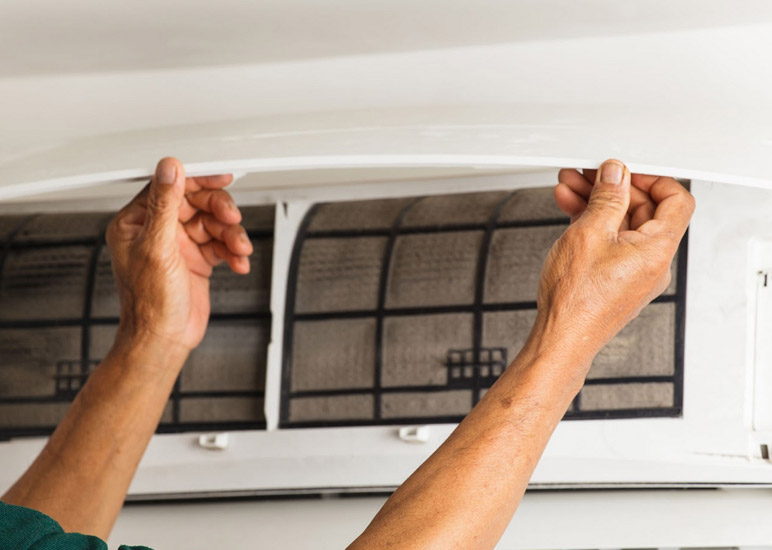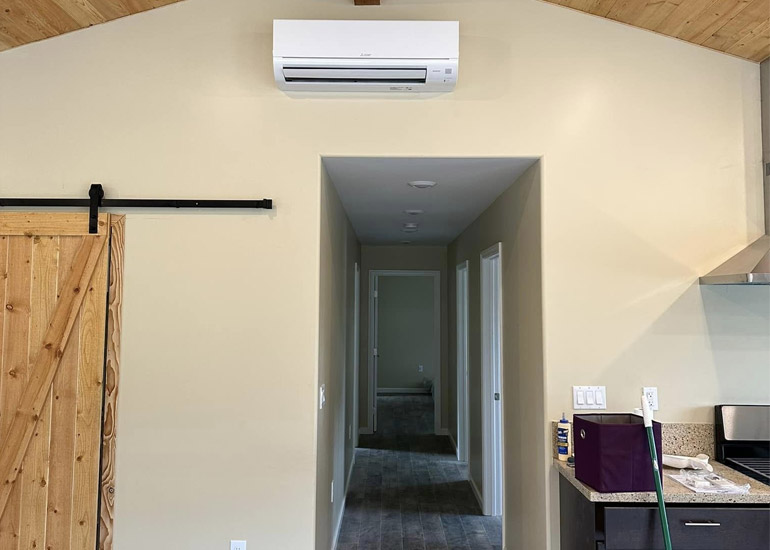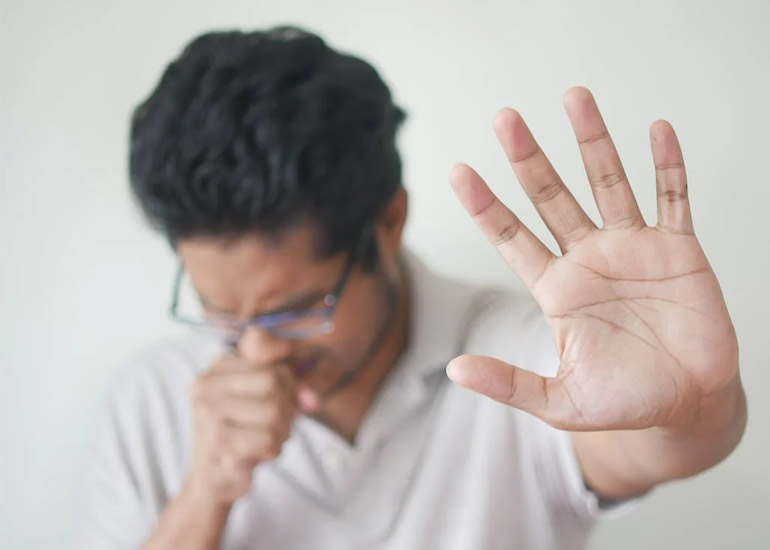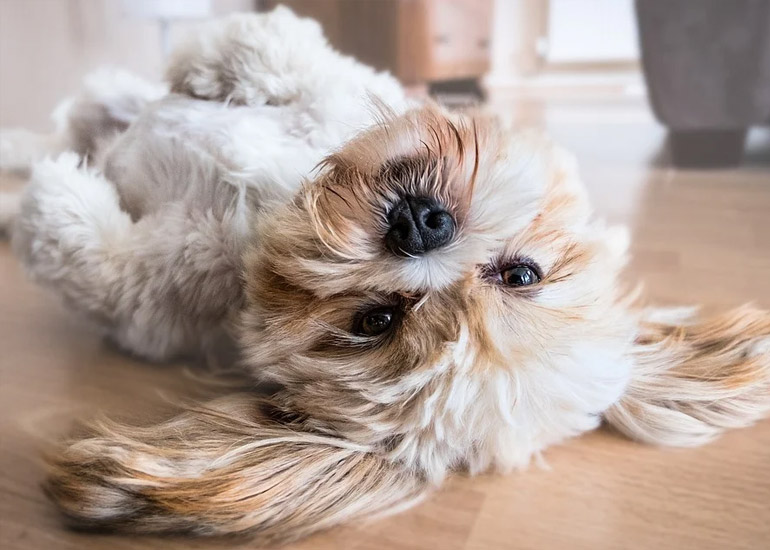 Pet dander isn’t the only way that your pets may affect your air. Your pet’s hair also contributes to indoor air pollution in ways you may not expect. Those with allergies aren’t the only ones who will be affected either. Discover how pets contribute to air pollution and the potential solutions you can use to make your home’s air healthier and more comfortable.
Pet dander isn’t the only way that your pets may affect your air. Your pet’s hair also contributes to indoor air pollution in ways you may not expect. Those with allergies aren’t the only ones who will be affected either. Discover how pets contribute to air pollution and the potential solutions you can use to make your home’s air healthier and more comfortable.
1. Pet Dander
Cats, dogs, rabbits, and many other pets shed dander. Dander are small flecks of skin that carry the oils that people with allergies may be allergic to. Dander is very small, so you won’t see it. You can pick it up when you dust and vacuum, but this is often not enough, particularly if you have strong allergies.
The solution: There are a few solutions to get rid of pet dander. Most effectively, you can use a HEPA filter to remove much of the pet dander from your air. Having a vacuum with a HEPA filter will also prevent the vacuum exhaust from putting the dander back into the air.
You can also consider bathing your pet regularly. This can help remove dander before it has a chance to float off into your air.
2. Pet Hair in Filters
Many different pets also shed hair as well as dander. Pet hair isn’t the source of allergies, but it can still undermine your home’s air quality. Pet hair clogs up the air filters in air purifiers, furnaces, air conditioners, and more.
All of these filters are supposed to remove particles from the air, but when they get over-full, they may instead become breeding grounds for mold, bacteria and mildew. When you have a lot of pet hair in the house, it fills up filters faster, making it more likely that your filters undermine your air quality instead of supporting it.
The solution: Changing out your filters more often when you have pets is critical. You can look at the filters yourself to see if they are full. Or you can talk to your HVAC professional about what kind of filter changing schedule would be best for you. They may recommend that you change them every three months to every six months when the unit is in use. Or, they may be able to handle the filter changes necessary when they perform your yearly maintenance.
3. Pet Hair in Air Ducts
Pet hair also tends to collect around the registers and ends up in your air ducts if you have a forced-air system. The air ducts collect all of the other debris in your home, too, from mold spores to outdoor allergens. When you have a lot of pet hair, this process happens faster and the build-up in the air ducts gets thicker quickly. It can breed bacteria and mold and spread them through your home, or just spread the debris that has collected in them.
The solution: Get an air duct cleaning every few years to remove all of the pet hair and other debris that gathers in them.
